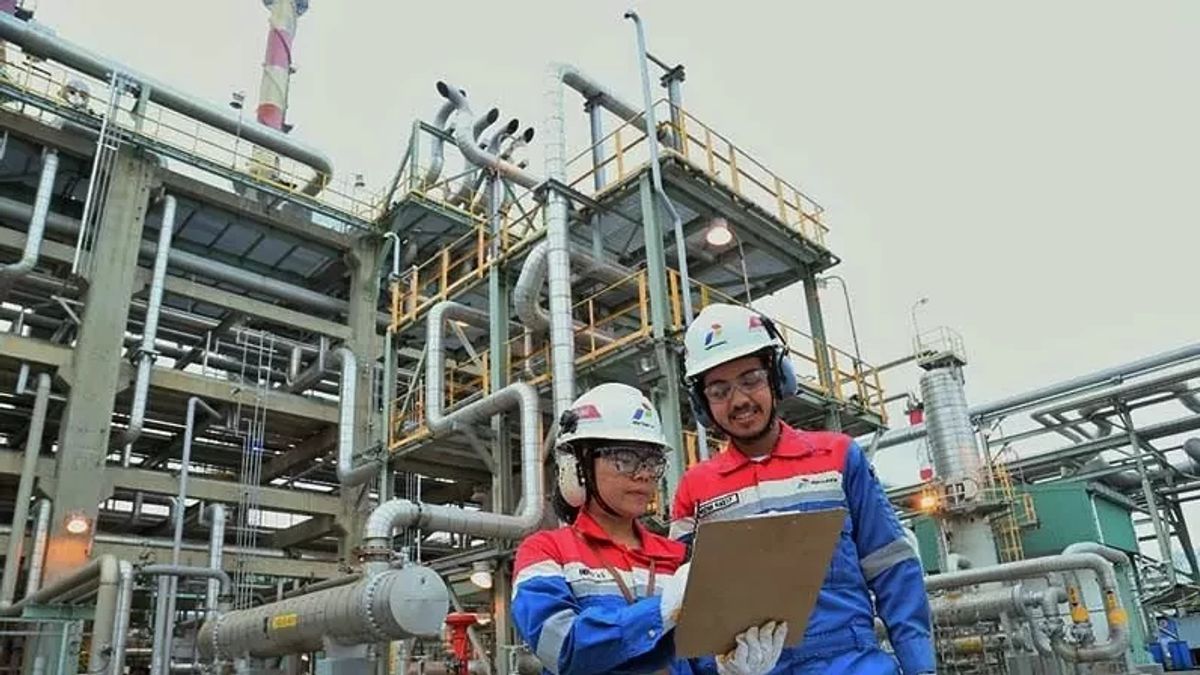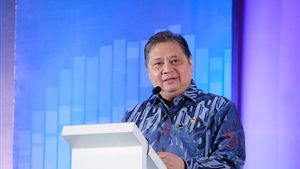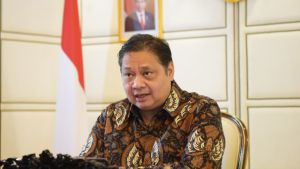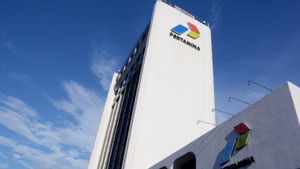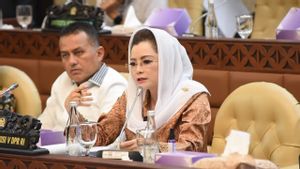JAKARTA - PT Kilang Pertamina Internasional (KPI) managed to process crude oil above 340 million barrels throughout 2023.
For information, in 2022, KPI processed 321 million barrels. When compared, this number of intake has increased by about 6 percent compared to the 2022 period.
"In 2024, the target will increase along with the completion of the production capacity at the Balikpapan refinery and also the ability to produce products with high quality equivalent to Euro 5," explained KPI President Director Taufik Aditiyawarman to the media, Tuesday, February 27.
Taufik also revealed that refinery optimization is carried out by producing high value products in accordance with crack spread movements (differences between crude oil raw material prices and refinery-generated product prices).
The refinery optimization is also carried out in the crude procurement process. We are given flexibility in processing crude in order to provide better refinery profitability," explained Taufik.
Efforts to produce high-value products are made to increase the Yield Valuable number by encouraging refineries to produce high-value products.
According to Taufik, KPI has succeeded in making yields or Yield Valuable Product (YVP) above the target. The percentage of product production is of high value, reaching a realization of around 83 percent, higher than the target in RKAP of around 81 percent. In terms of refinery reliability, KPI has succeeded in achieving the target.
"Throughout 2023, Plant Availability Factors have been achieved above 99 percent," added Taufik.
SEE ALSO:
Regarding the efficiency of refinery operating costs, Taufik continued, it is the energy consumption that is controlled until the figure is below the RKAP target.
The intensity index of energy use for production at the refinery or Energy Intensity Index (EII) was recorded at 106.4, better than the one set at RKAP which was almost 107.8.
For information, the realization rate of EII, the smaller the index number, describes the better performance. Programs carried out for the decline in EII include electrical utilization and external gas as well as equipment rejuvenation.
The English, Chinese, Japanese, Arabic, and French versions are automatically generated by the AI. So there may still be inaccuracies in translating, please always see Indonesian as our main language. (system supported by DigitalSiber.id)
